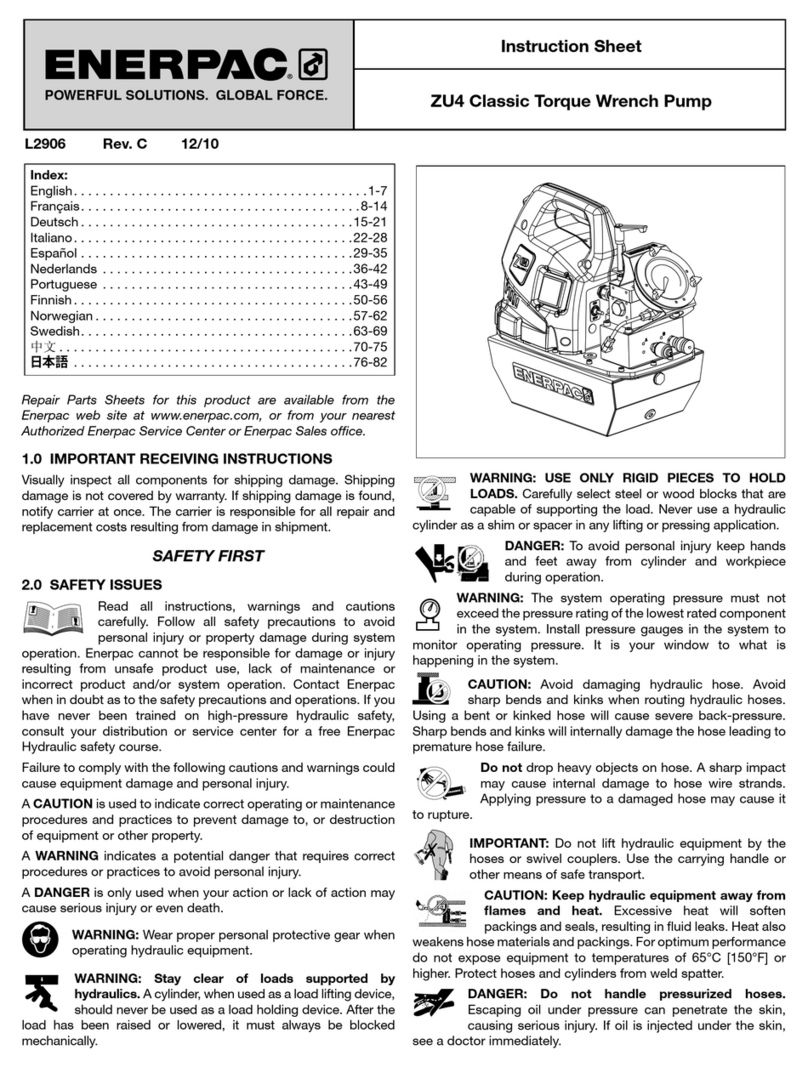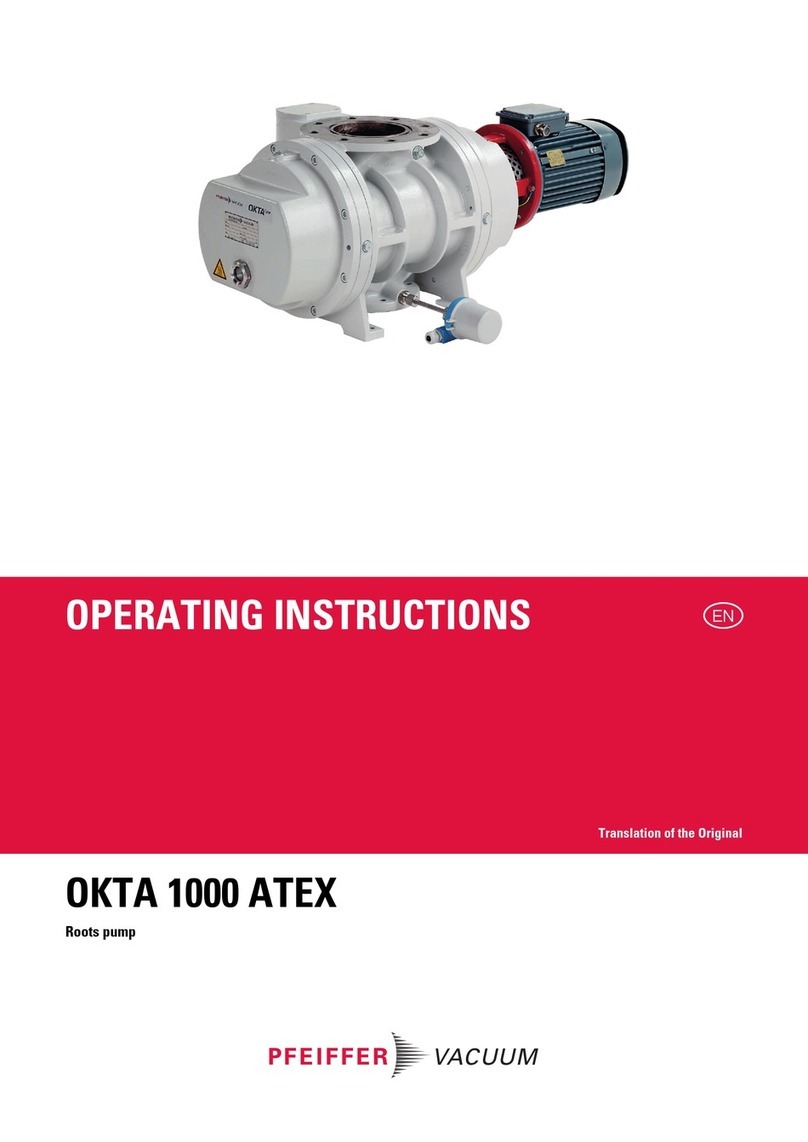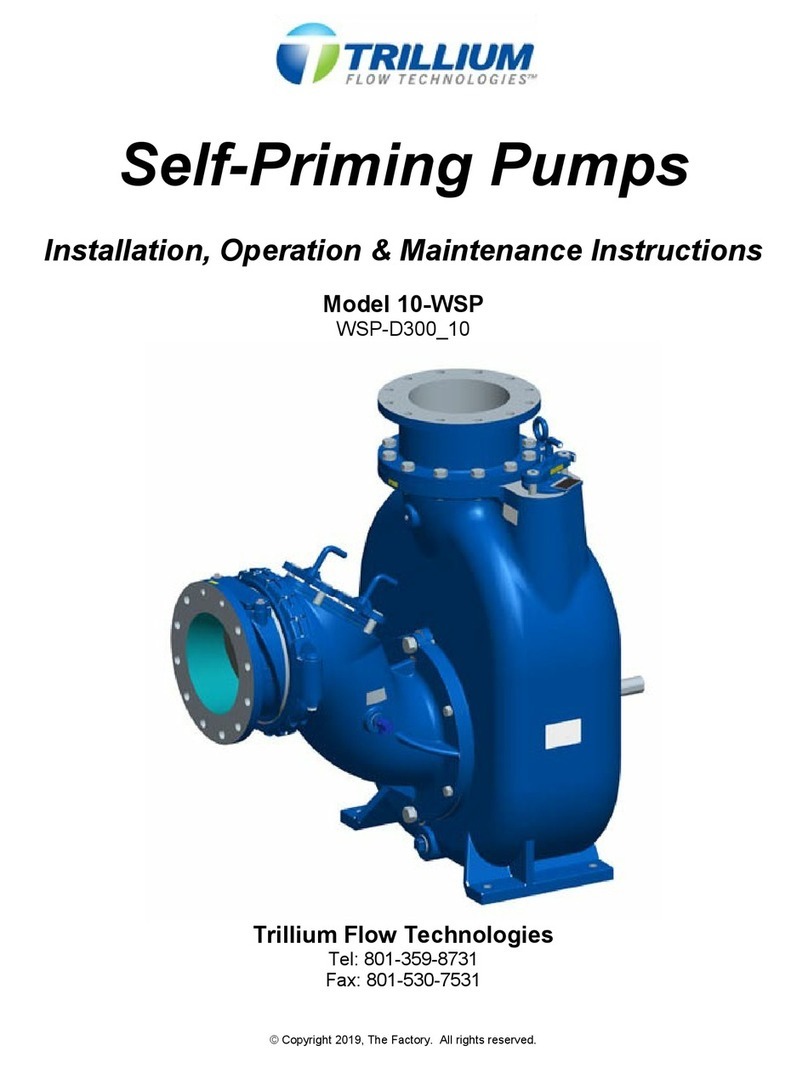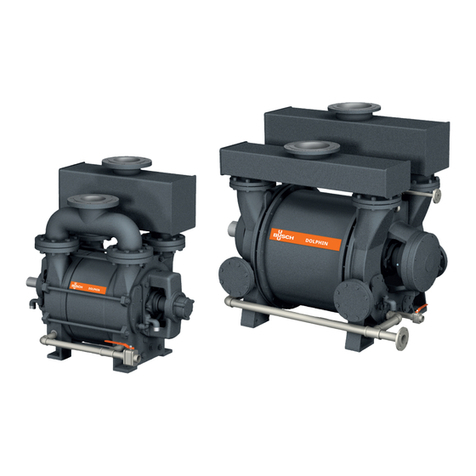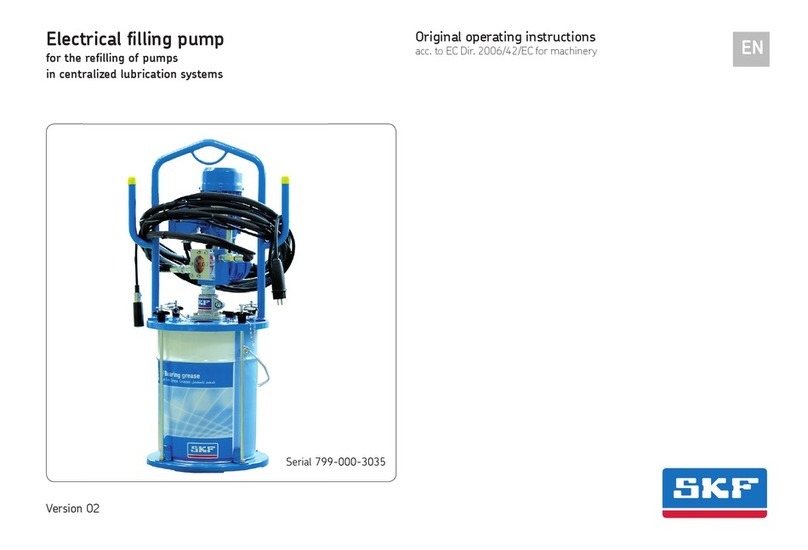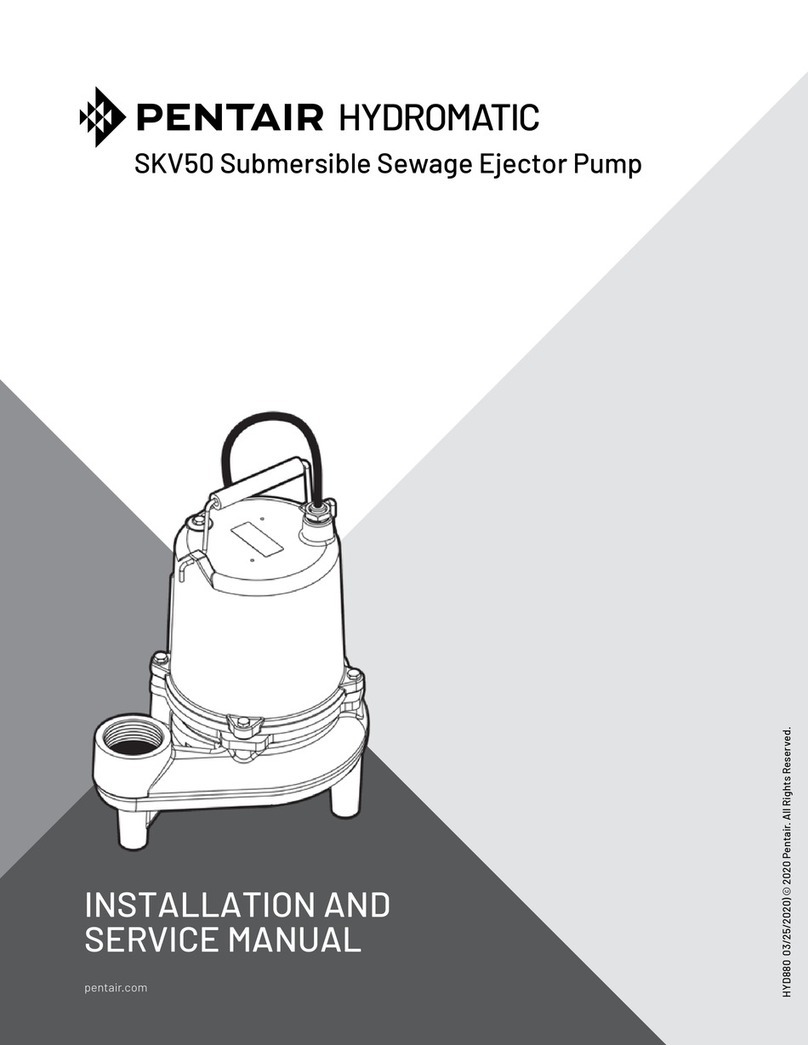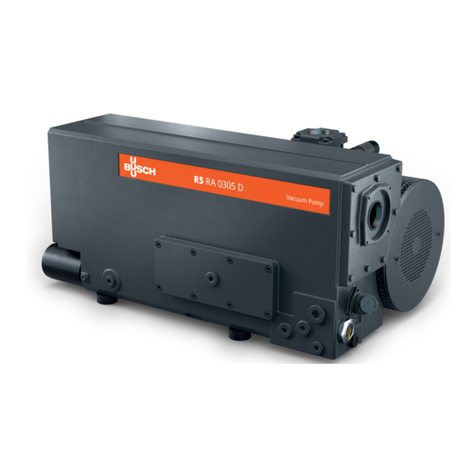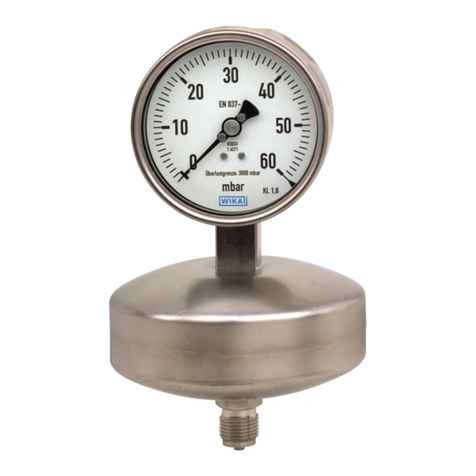Cleaning and Decontamination
WaSP 12 Volt Submersible Pumps can only be partially decontaminated. There is no decontamination procedure
that can ensure that all contaminants are completely removed from the pump. The best way to ensure that you
will not incur cross contamination between wells is to use a different pump for each well.
l Immerse the WaSP 12V pump and discharge tubing in a bucket of warm water
with a non-phosphate detergent (e.g. diluted Decon 90).
l Attach a short section of tubing to the pump outlet to re-circulate the cleaning
solution back into the bucket.
l
Attach the pump to your power supply and allow the cleaning solution to circulate
through the pump. The amount of time that is required for this will vary depending
on the concentration and type of contaminant the unit was exposed to.
lRepeat the procedure with clean water.
l For reassurance, check the decontamination by passing a rinse blank sample
through the pump
Using a WaSP 12V pump in a borehole
Attach discharge tubing
l Prior to inserting the pump into the well, you will need to connect the pump to a
length of 10mm ID tubing. We recommend LDPE (low-density polyethylene) as it
is softer and easier to connect to the pump.
TIPS
lIf medium-density tubing is used, it is recommended the end of the tubing be softened
with heat, or stretched prior to attaching it to the pump.
l For additional security, use a hose clamp to secure tubing over the discharge outlet.
Do not use high density tubing! This will break the discharge outlet.
Install to pumping depth in your monitoring borehole or well
lLower the pump into the well so that the pump intake is submerged.
TIPS
lSubmerge the pump as deep as possible to obtain best flow rates.
l Avoid placing pump too close to the base of the well to avoid ingress of silt or other debris.
l WaSP 12 Volt Pumps can pump with only 25 to 50mm of the pump submerged beneath
the water.
Connect to power supply
l Connect the pump’s negative alligator clamp securely to the negative terminal
on your power supply, and then connect the positive pump clamp to the positive
terminal. The pump will start immediately.
l Alternatively, and for greater control of your WaSP pump, connect the pump
terminals via the WaSP F1 Flow Controller - see diagram on front cover and refer
to user manual TM07.
Remove pump from borehole
lWhen pumping is completed, remove the pump from the well.
l When removed, hold the pump in the upright position so that all water drains
from the unit.
TIP
Do not allow water to freeze inside the pump!
Frozen water will expand and damage the unit.
Further information - visit www.waterra-in-situ.com
For more detailed information the following is accessible via our website Resources page
Downloads
PR01 - WaSP 12 Volt Submersible Pumps
PR11 - WaSP 12 Volt Low Flow Controller
Technical Manual
TM06 - WaSP 12V Pumps - Set-up and user guide
TM07 - WaSP F1 Low Flow Controller user manual
Introduction
This guide is designed to help you through the initial set-up
and use of WaSP 12V Submersible Pumps. Please read through
these instructions carefully before using the pump.
Technical Units WaSP P2 WaSP P3 WaSP P5 WaSP N21
Material PVC PVC PVC PVC
Maximum Lift m 12 18 30 21
Maximum Flow l/min 9.5 12 14 9
Duty cycle
Continuous
Continuous
Continuous Continuous
Pump diameter mm 46 46 46 37
Pump body length mm 241 381 610 406
Max. Amps Amps 7 11 15 4
Discharge tube (ID) mm 10 10 10 10
Supplied cable m 15 21 33 24
Technical
specifications
Intake
Choose the pump that
best suits your pumping
requirements.
Note:
Performance data is for
guidance only. Actual
performance will depend
on the conditions in the
borehole being pumped.
TIPS
lThe pump can run continuously when submerged.
lFor best results we recommend use of a 12V marine battery or a vehicle battery with at least 40 amp-hour rating. If
a vehicle battery is being used, it is important that the vehicle is turned on and run for 2 minutes every 30 minutes in
order to maintain the charge in the vehicle’s battery. Failure to do this may result in damage to the battery and being
unable to start the vehicle. Running the vehicle while the pump is running will not damage the pump.
Do not run dry! This will damage the motor.


